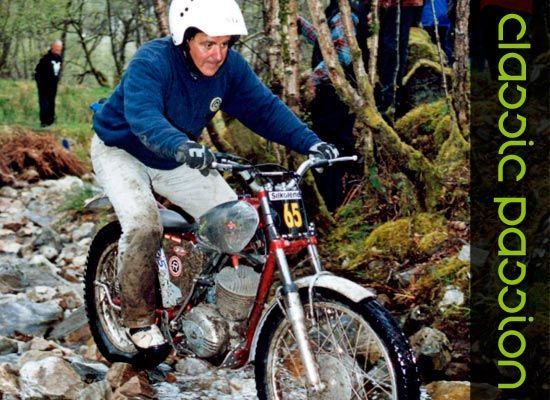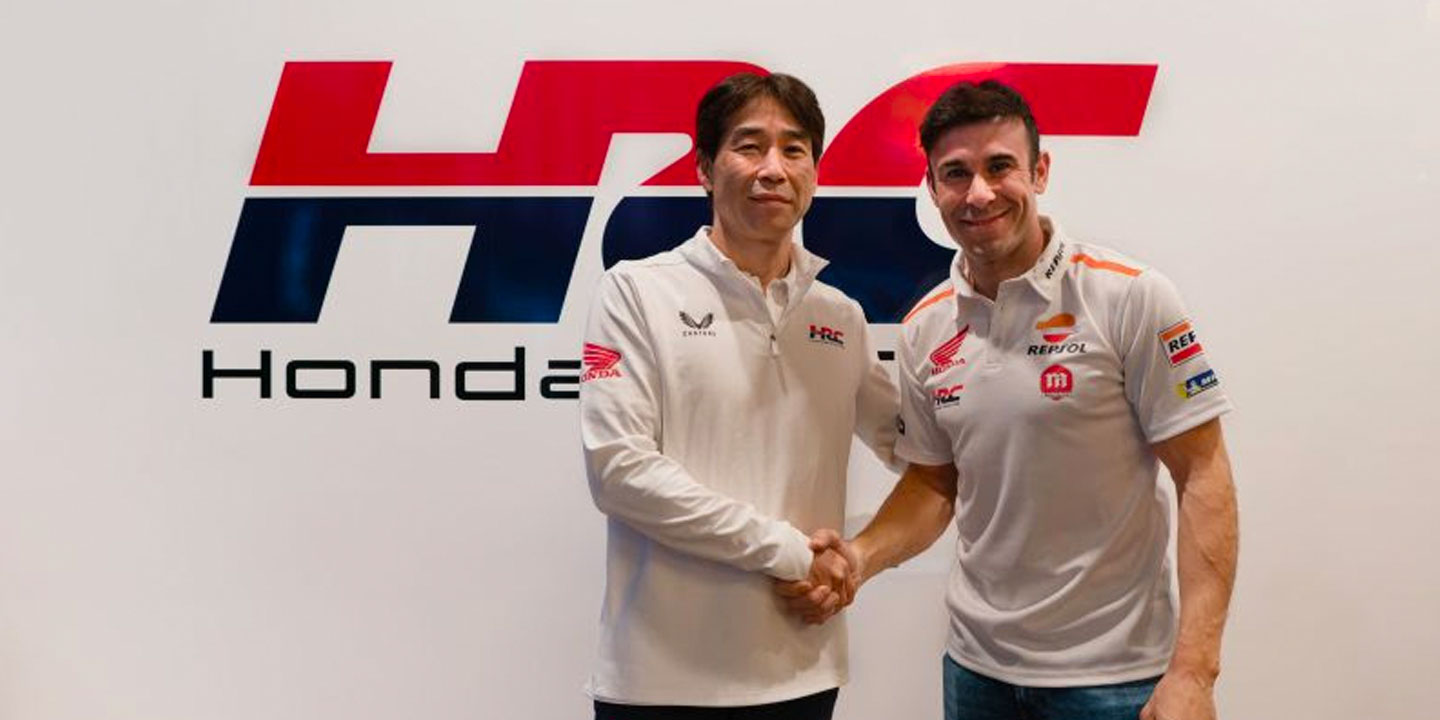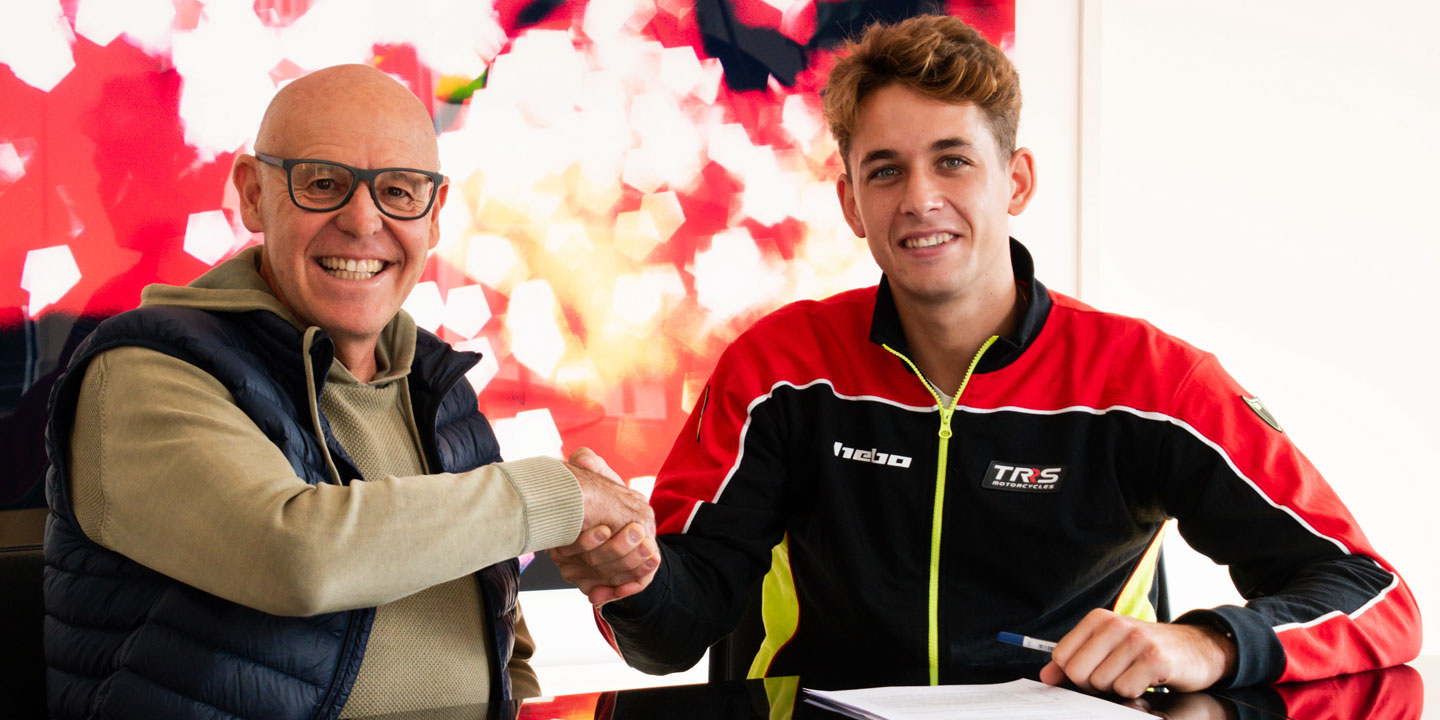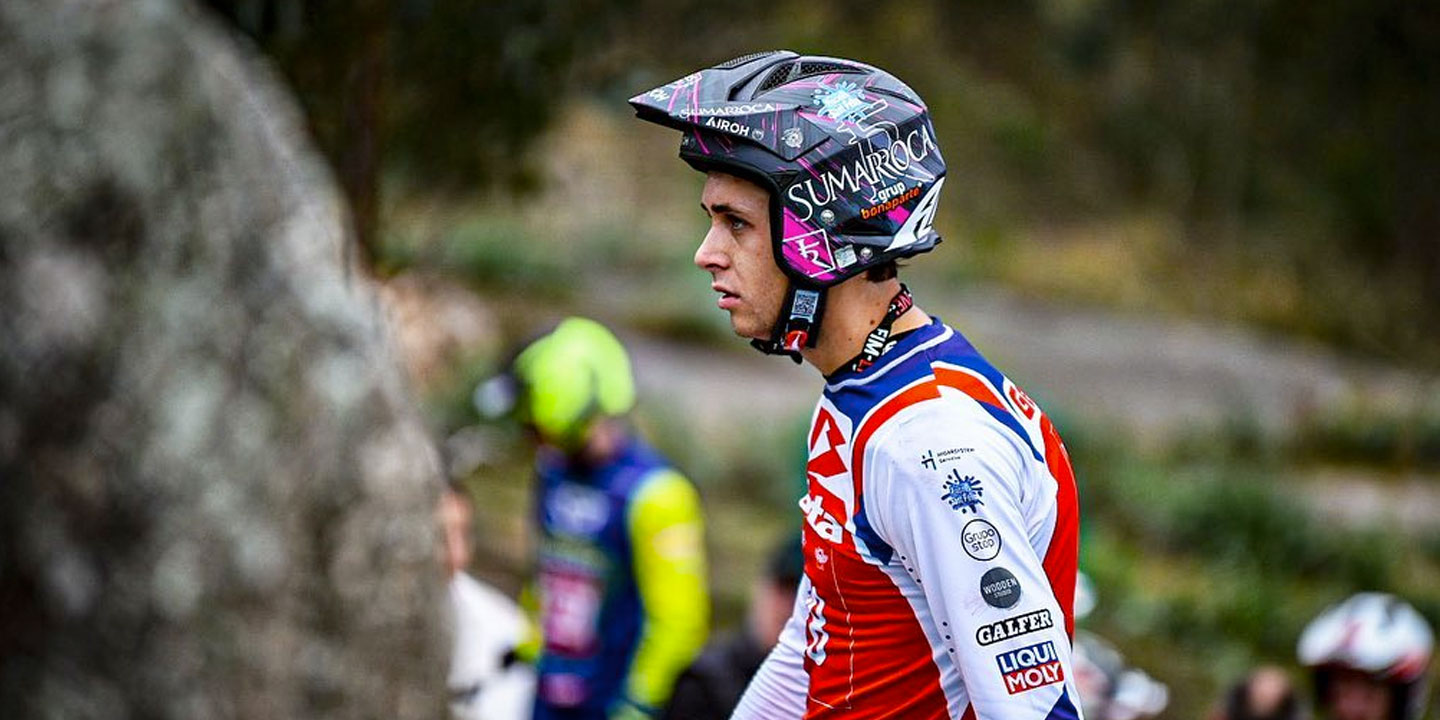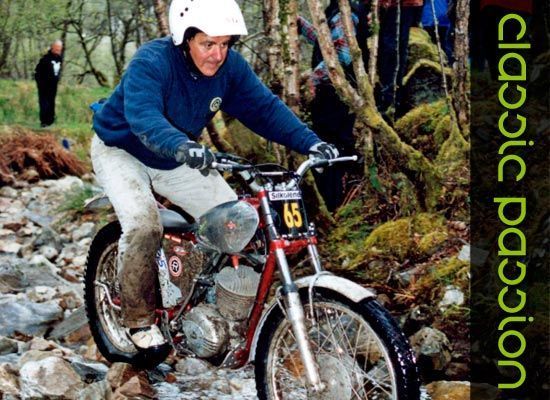
Sport shares the duality of being able to be an end in itself, but also of being a means. A medium at the service of multiple and diverse objectives: health, leisure, entertainment, education, business. For some, sport is also a means to make politics or influence politics, which is not illicit, but unethical.
Trial as a means of education is unquestionable and highly commendable are those who try to do business and make a living from trial; manufacturers, elite athletes, mechanics, shops, workshops, specialized magazines.
Not so praiseworthy when sport becomes the means to achieve personal political or economic promotion to the detriment of the rights and main objectives that practitioners seek in sport.
In this new post of La Interzona we are going to talk about a very important part of the business of this sport called trial. The classic trial, part of its controversy and above all the business it generates and that could lead it to be its downfall.
SHOPPING IN A CHINA SHOP
Thirty years ago a small group of trial riders were discussing the evolution of our sport, the sporting paths and the changes that were taking place so rapidly in this small world of trial in 1984.
Eddy Lejeune; as he himself has acknowledged in a well-known interview; thanks to the effective and smooth clutch of his Honda , he began to dominate the world trial scene and approach the sections in a different way. [Ver entrevista Eddy Lejeune]
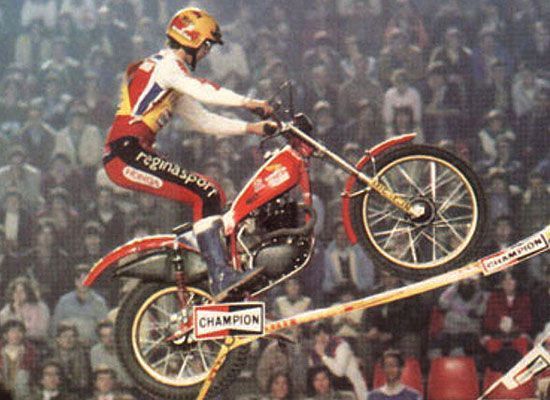
Dynamic equilibrium was no longer the ultimate goal of trial. giving way to a more spectacular variant, thus getting closer to what the mass media demanded and obtaining sponsorships that were beginning to become necessary to maintain the sport and the stars who fed on it.
The change of trial as an amateur sport, Something purely passionate though of course with its little heroes as befits a small sport, it gave way to televised trials, big stars with million-dollar contracts and a multitude of Spanish, Italian, Japanese or English factories who were struggling to carve out a niche for themselves in this market niche that was clearly expanding at the time.
The world of trial was changing and the bikes were no longer the same, the technique and geometry sought to overcome bigger and bigger steps; the most difficult one was sought; The areas were changing and especially the way they were being addressed. The interzones were reduced in mileage, the zones were marked in places accessible to the public but to the detriment of the adventure and the search for natural sections and a physical wear and tear of the riders that also made a difference between the participants.
A number of conclusions emerged from that debate; and especially a decision; that of start competing again in trials like the ones of old, where dynamic equilibrium ruled, where the adventure of an interzone through remote and hidden places was not an obstacle or a means, but an end in itself; where the protagonist was the event and above all the motorcycles and not any specific rider.
Thus were born the Scottish Classic and the movement that is now known as Pre65 and which was the genesis of today’s classic trial.
The first editions of the trials perfectly emulated those of the time; The areas and the bikes were just as they had been. But soon the changes began in the bikes and consequently in the zones. The preparations gave way to bikes that were much more competitive than
They forced you to mark more and more complicated sections, and at the same time the complicated areas required a certain amount of preparation on the bikes. The evolution began again.
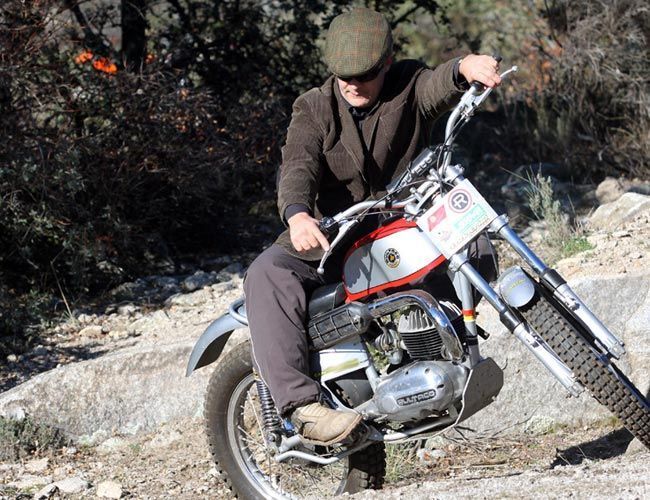
In the eleven years that I have been competing since I decided to take up competition trial again; In that first edition of the classic trial of
Robregordo; I’ve met all kinds of trial archetypes with an infinite variety of opinions.
There are those who think that the bikes and the areas should be as they were at the time, that not a single screw should be modified on the bike and that even the paint should be from the catalog.
On the opposite side, those who enjoy preparing and tuning their bikes to limits that border on the absurd , using modern forks, modern engines, monoshock chassis with two shock absorbers, and even modern motorcycles to which two shock absorbers have been directly added. There is a whole range of options in between. Small preparations of modified footrests and some auxiliary components.
Not-so-small preparations of motorcycles that pretend to be “standard” with seatposts, exhausts, engines, swingarms, forks, modified footrests and chassis of almost modern geometry.
Even pre-65 motorcycles in which all their components without exception have been manufactured in the 21st century and using materials that did not exist then, tanks, hubs, seatposts, chassis with modern motorcycle geometries and made of 6082T6 alloy weighing only 5 kilos.
Titanium screws. Exhaust pipes and mufflers made of stainless steel AISI304 in which the total weight of the assembly does not reach 1 kilo. Swingarms in light aluminium painted like the originals but weighing less than 2 kilos… and Endless options to get a bike as light or lighter in some cases than a modern one from 2014 and with which to participate in Pre65 But as we have said before, they don’t even have the stickers on their tanks.
Is it right to focus the classic trial on pure and hard competition, promoting regional, national, European championships and why not; in a global future? Or would it be better and healthier to focus the classic trial on small local trials, trophies and some more spectacular event such as those that are already carried out like Scottish; Manxx; Robregordo, Costa Brava; Santigosa, but never falling into the excessive competitiveness that leads to evolution?
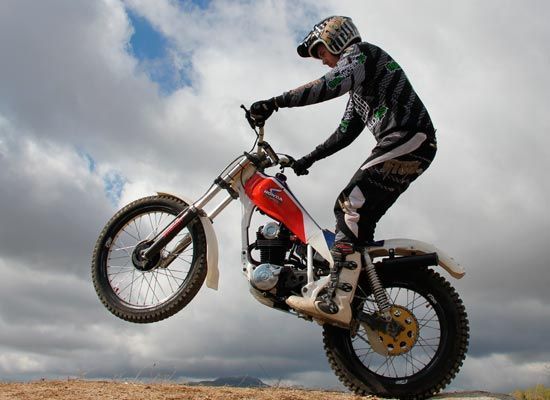
Examples such as suspensions such as HFS, Betor, Ohlins, Progressive 13, NJB, Rockshoks, Hagon, Falcon, Lesan, Magical, Classic Team… that have damping designed for classic trial bikes with such a wide range that modern bikes would want it for themselves. Pairs of classic shock absorbers between €200 and some like the Ohlins that are close to €1,000.
Preparers who not only restore a motorcycle, but for prices ranging from €3,000 to €7,000 They build you a whole competition bike from yours with which to participate with guarantees even in the lower categories of modern trials, facing motorcycles designed and built in 2014.
Houses that sell you complete motorcycles or separate components of new manufacture with “classic” motorcycles of new manufacture with prices that arrive, and even exceed € 15,000 per motorcycle.
Where is the limit? What is important in the classic trial, in a modality that should not undergo evolution; Win at any price and with any bike or participate with yesterday’s bikes?
The debate is open, and only time will tell us what was the right thing to do and which trials or in which countries or places the classic trial has followed the correct pattern.
There is a small town in the central west of the United Kingdom called Telford. For the last five years, this small place has been the venue for the biggest and most spectacular staging of classic motorcycling and, above all, classic trial.
TELFORD CLASSIC DIRT BIKE SHOW 2014
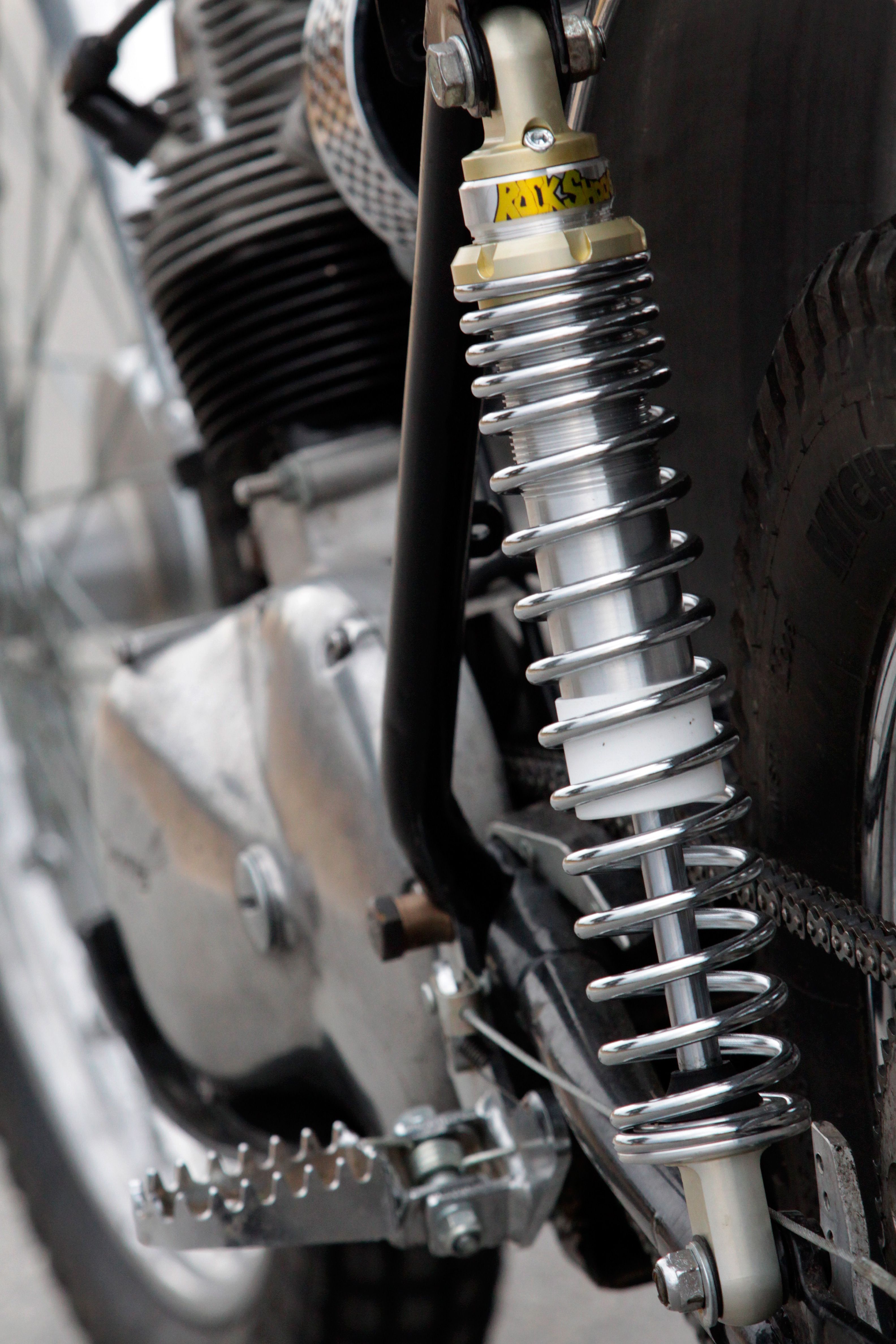
Organized by Alan Wright; A former ex-world championship rider, two-time winner of the
Scottish pre65, trial organiser and manufacturer of components for pre65, Telford brings together exhibitors from more than 15 countries with a variety of items for sale that would be impossible to link them all.
The 2014 edition was held on February 22nd and 23rd and here are some photos to give you an idea of the magnitude and quality of this event.
Outside the Telford International Convention Centre, the Auto Jumble was installed, where any amateur or professional can access for a small price to an enclosed but outdoor area with their vehicle and there they can put their motorcycles, spare parts or anything related to the old country bike for sale. This edition, thanks to the good weather, welcomed a very important number of exhibitors who crowded the outdoor venue. There we were able to see motorcycles of all kinds for sale, especially trials, as well as used parts and accessories.
Inside the grounds of the Telford International Center distributed in the three huge pavilions, the large stands and small indoor stalls are a hive of curious people, professionals and potential buyers in search of motorcycles, spare parts, accessories, equipment and complements of all kinds for classic dirt bikes.
The first pavilion was aimed at showcasing motorcycles from private collections and historic motorcycles.
More than 500 trial, cross and enduro bikes manufactured between 1930 and 1980 could be seen, many of them in a totally original state of conservation and without restoration or modification.

The other two pavilions were focused on the hundreds of professional exhibitors who are dedicated to the world of restoration, parts, accessories, complements, equipment or anything aimed at classic dirt bikes.
One Huge number of motorcycles of all kinds for sale, motorcycles of all imaginable brands and in all states of conservation, range of possible prices from 200€ to more than 20,000€ and most importantly; From the most original ones that have not undergone any kind of modification to tunings and preparations worthy of the next century.
So the debate continues. Which classic bike to buy, how to prepare it? Classic trial: highly competitive or more focused on enjoying yesterday’s bikes? Classic bikes, original, prepared, tuned? The controversy continues.
Text: Javier Cruz
{bonckowall source=”2″ pkey=”album” pvalue=”101773836102156035144″ pvalue2=”Telford2014″ }{/bonckowall}
